Planting the right trees in your Calgary yard can enhance your property’s beauty, boost curb appeal, and even increase your home’s value. But not all trees thrive in our unique prairie climate, and some can cause long-term headaches.
🌟 Best Trees for Calgary Yards
Calgary’s climate — with cold winters, dry air, and sudden weather changes — demands tough, adaptable trees. These species are tried, tested, and true performers for Calgary homeowners:
1. Amur Maple (Acer ginnala)
Highlights: Brilliant fall colors, compact size, and extreme cold hardiness.
Bonus: Can be shaped as a small tree or large shrub.
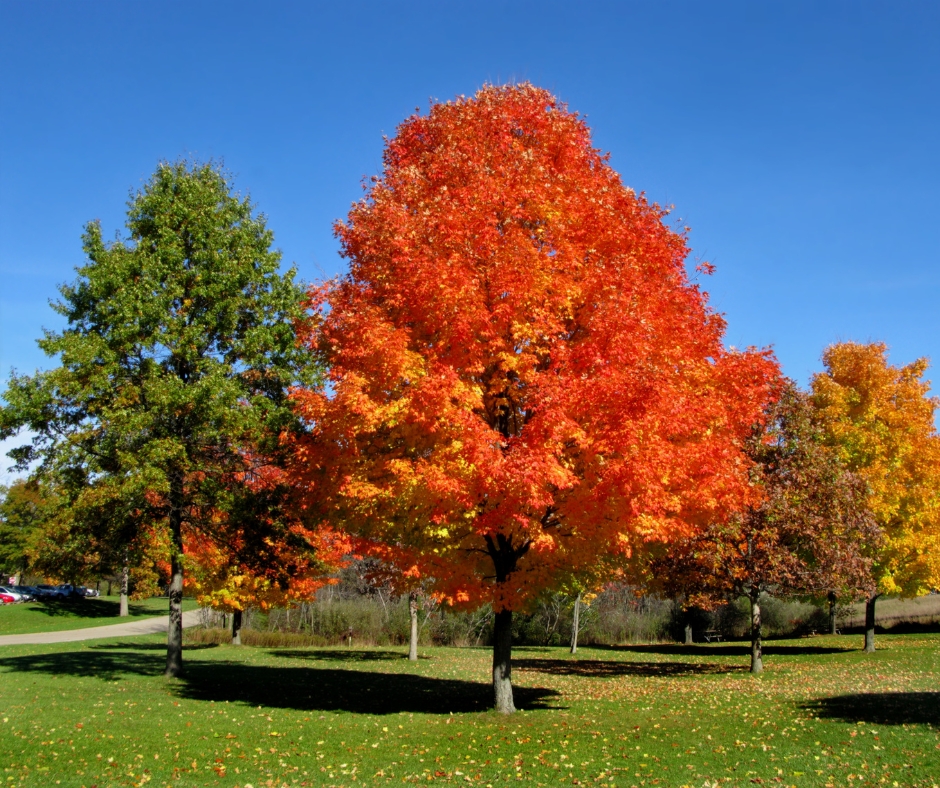
2. Bur Oak (Quercus macrocarpa)
Highlights: Majestic and incredibly long-lived, withstanding drought, wind, and extreme cold.
Bonus: Low maintenance once established.
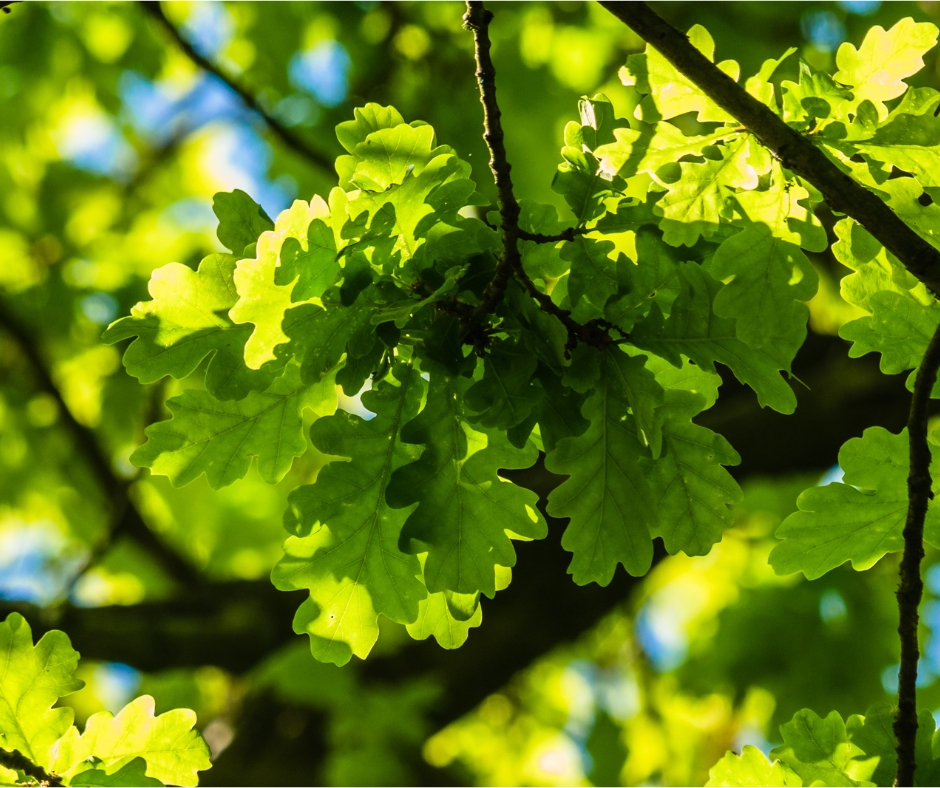
3. Brandon Elm (Ulmus americana 'Brandon')
Highlights: Upright, vase-shaped tree that’s resistant to Dutch Elm Disease.
Bonus: Great for lining streets or creating shade.
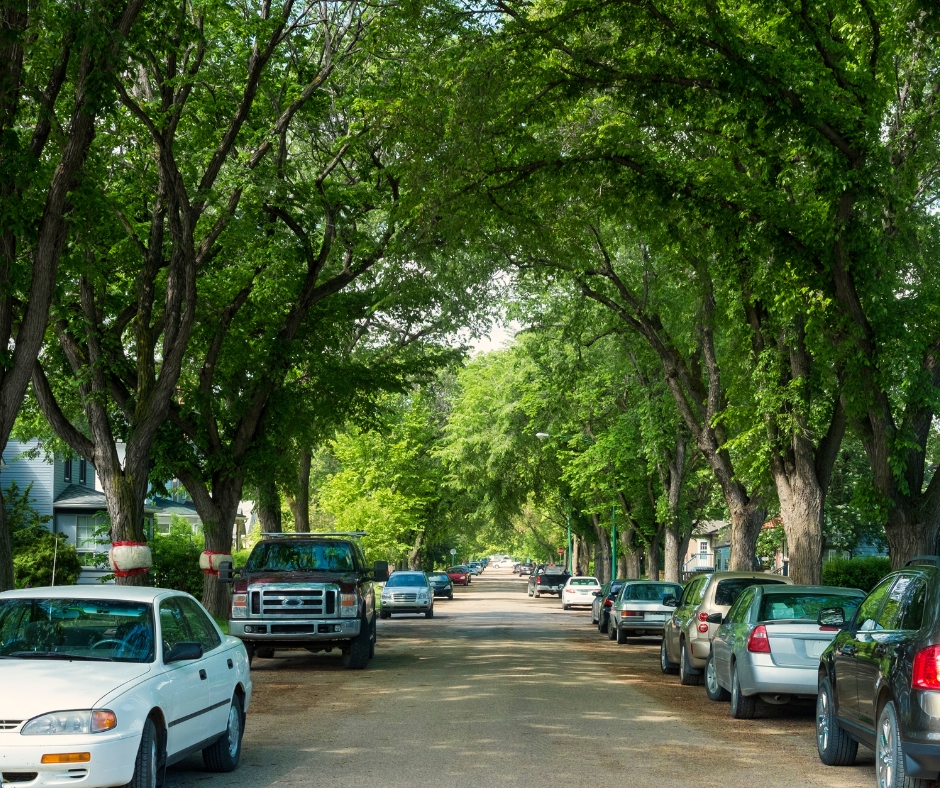
4. Swedish Columnar Aspen (Populus tremula 'Erecta')
Highlights: Narrow growth habit makes it perfect for small yards.
Bonus: Provides fast privacy screening (but requires careful placement to manage roots).
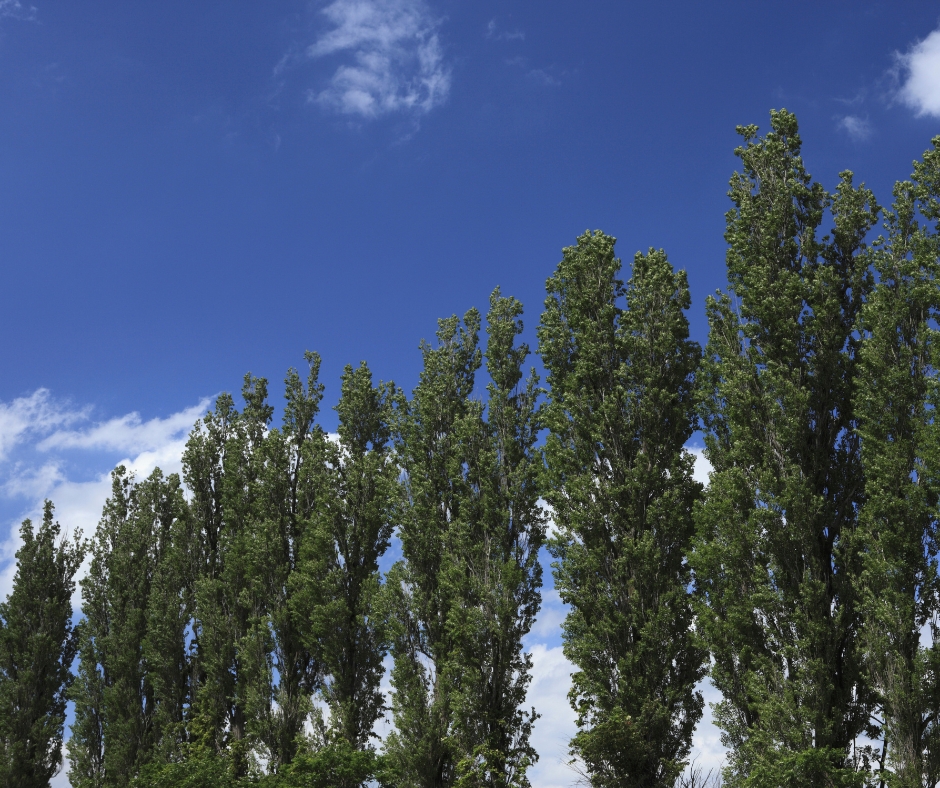
5. Colorado Spruce (Picea pungens)
Highlights: Stunning blue-green needles and excellent year-round privacy.
Bonus: Hardy against wind and snow.
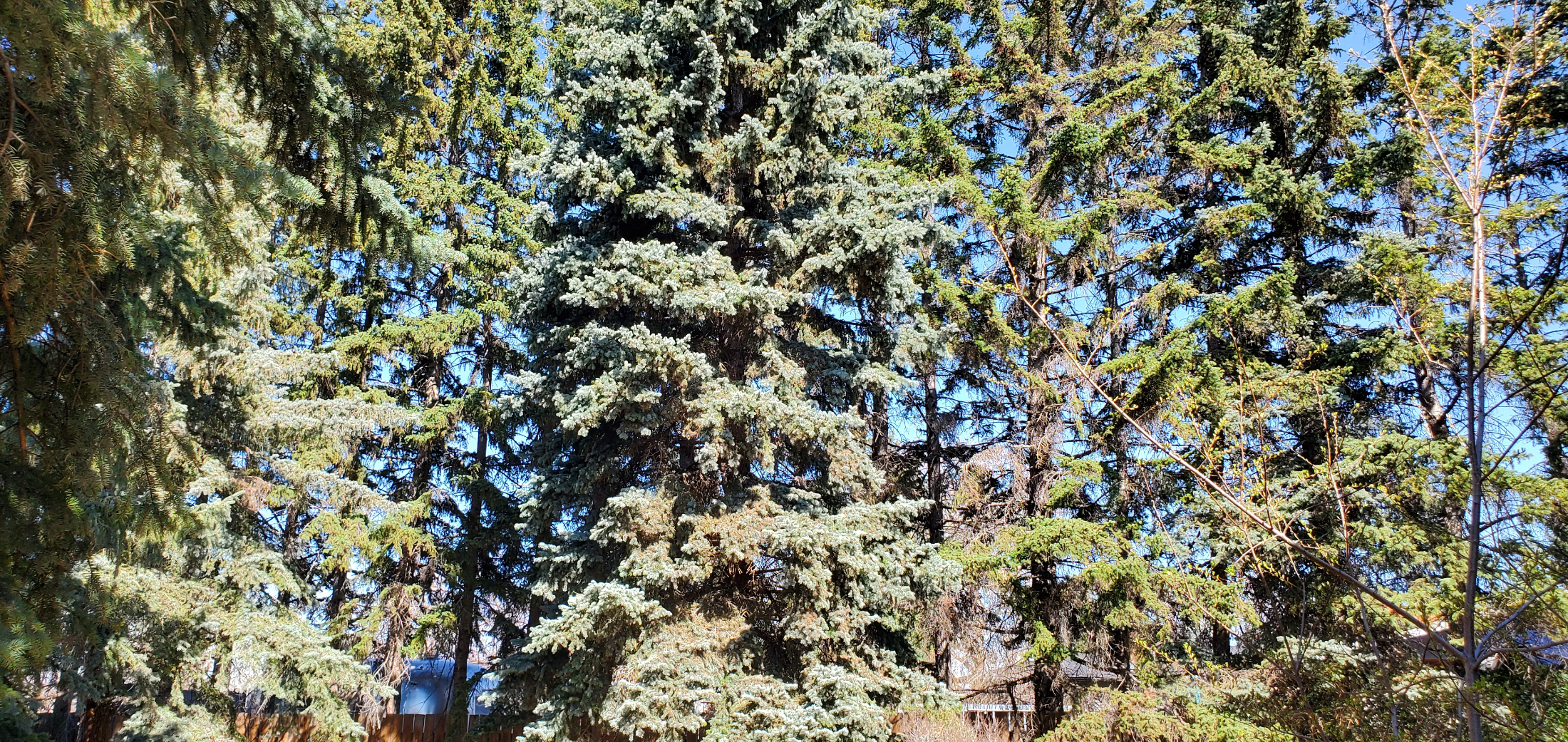
6. Spring Snow Crabapple (Malus 'Spring Snow')
Highlights: Gorgeous white blooms in spring — and it's fruitless (no mess!).
Bonus: Compact, ornamental beauty.
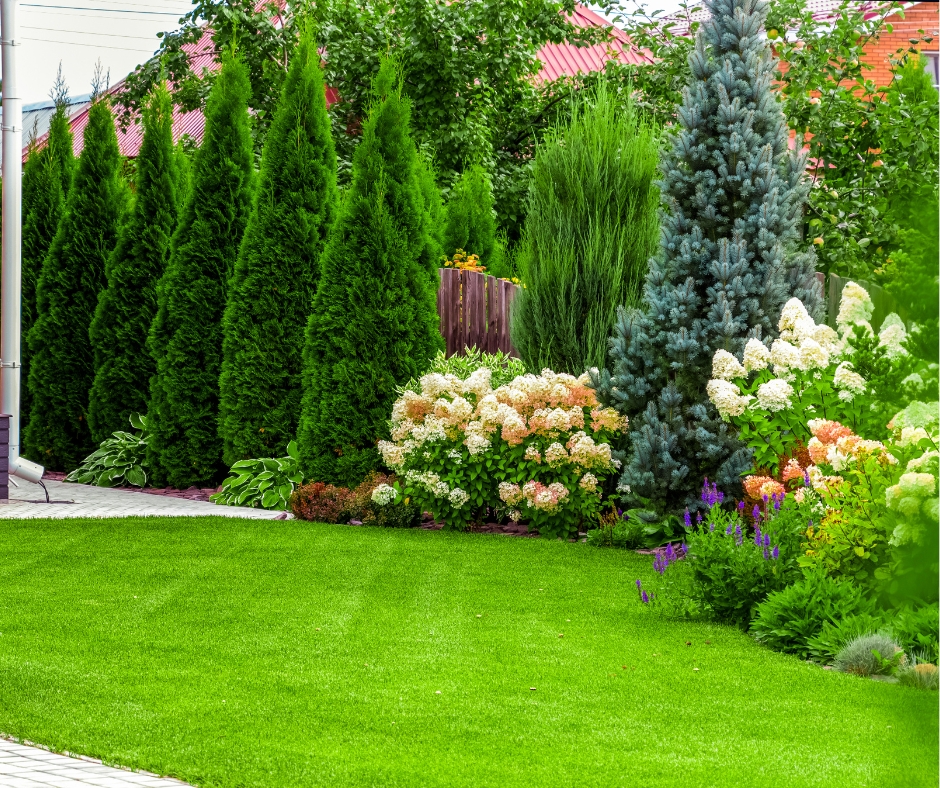
🌲 Cedars Suitable for Calgary (yes, many successfully grow cedar trees in Calgary)
1. Brandon Cedar (Thuja occidentalis 'Brandon')
This columnar evergreen is well-suited to Calgary's Zone 3 climate. It grows approximately 1 foot per year, reaching up to 15 feet tall and 6 feet wide. Brandon Cedar retains its vibrant green foliage year-round and is ideal for privacy screens or vertical accents in urban gardens. It prefers well-drained, moist soil and partial shade.
2. Techny Cedar (Thuja occidentalis 'Techny')
Another hardy option, Techny Cedar is known for its dense, dark green foliage and pyramidal shape. It can withstand Calgary's cold winters and is often used for hedging or as a windbreak. Like Brandon Cedar, it thrives in well-drained, moist soils.
⚠️ Considerations for Planting Cedars in Calgary
Soil Conditions: Cedars prefer organic, rich soils that are well-drained. Avoid planting them in sandy or overly dry soils, as well as in overly moist clay soils.
Watering: Newly planted cedars require regular watering to establish their root systems. Once established, they are more drought-tolerant but still benefit from consistent moisture.
Sun Exposure: While cedars can tolerate partial shade, they perform best with ample sunlight, which promotes dense foliage growth.
Winter Protection: Calgary's cold, dry winters can be harsh on cedars. Applying mulch around the base can help retain soil moisture and protect roots from temperature fluctuations.
⚠️ Deer love to munch on young cedar trees – we found this out.
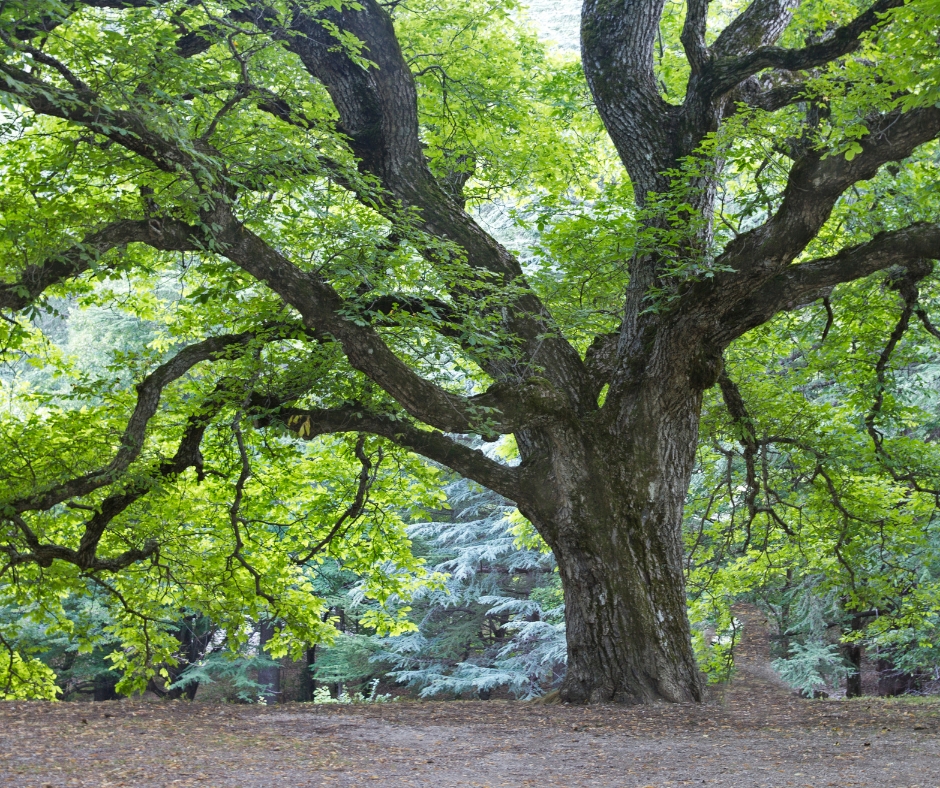
🚫 Trees You Should Never Plant in Calgary Yards
Certain species might seem appealing at first but cause serious issues down the road due to Calgary’s tough climate and soil conditions. Here’s what to avoid:
1. Siberian Elm (Ulmus pumila)
Why Avoid It:
Fast-growing but incredibly messy, the Siberian Elm drops seeds prolifically and tends to develop weak, brittle branches. It’s also highly invasive and can quickly overtake native plants.Problem: Branch breakage, poor aesthetics, and aggressive spreading.
2. Silver Maple (Acer saccharinum)
Why Avoid It:
While they grow quickly and provide lots of shade, silver maples have shallow, aggressive roots that can crack sidewalks, driveways, and foundations. They're also highly susceptible to storm damage.Problem: Root damage and weak wood.
3. Manitoba Maple (Acer negundo)
Why Avoid It:
Often called "box elder," this tree grows fast but poorly. It's prone to disease, pest infestations, and has short-lived, brittle wood. It is considered a nuisance species by many landscapers.Problem: Weak structure, pest magnet.
4. Poplar Trees (Various species)
Why Avoid It:
Poplars, including cottonwoods and aspens, grow rapidly but have extremely invasive roots that search aggressively for water—often breaking into pipes and septic systems.Problem: Destructive root systems, short lifespan, messy seed production.
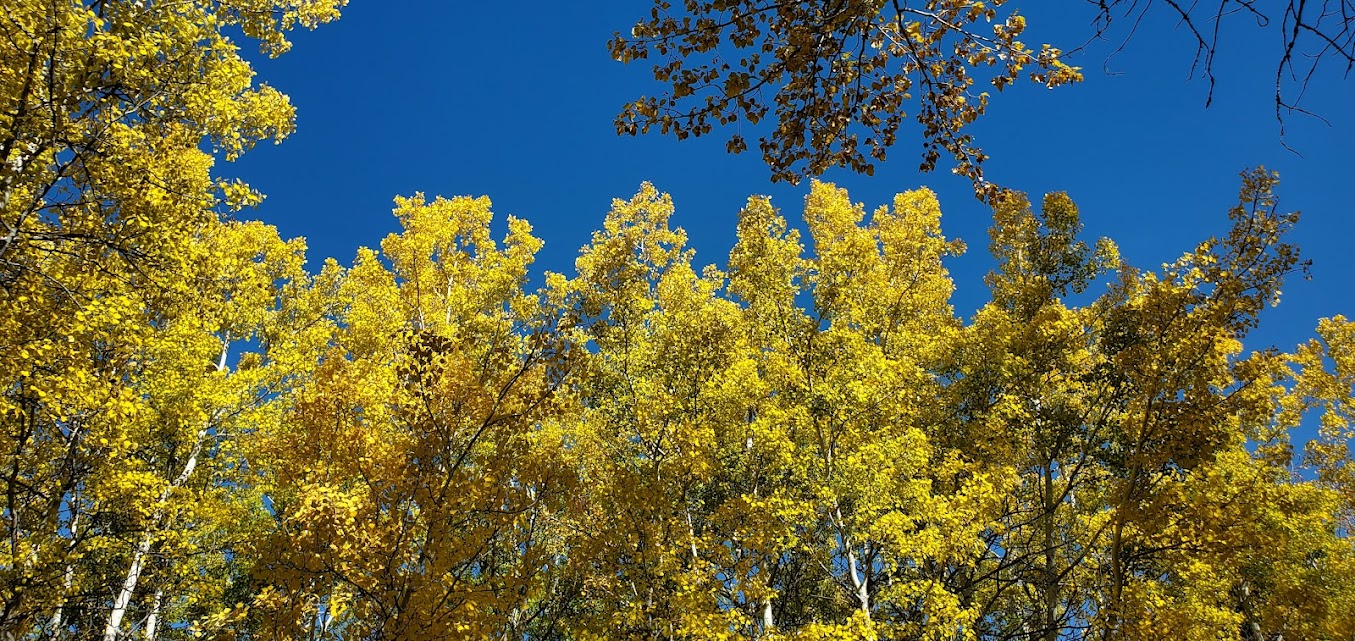
5. Russian Olive (Elaeagnus angustifolia)
Why Avoid It:
Although drought-tolerant, the Russian Olive is now considered an invasive species in Alberta. It outcompetes native plants, depletes soil quality, and offers poor wildlife habitat.Problem: Ecological disruption and low aesthetic value over time.
6. Willow Trees (Salix species)
Why Avoid It:
Beautiful by water, disastrous in a suburban yard. Willows have aggressive roots that can clog drains, damage sidewalks, and seek out any source of water.Problem: Root intrusion, high water demand.
🌱 Key Tips for Tree Success in Calgary
Choose hardy, drought-tolerant species.
Plant in spring or early fall for best establishment.
Water deeply but infrequently to encourage strong root systems.
Mulch around the base (but not against the trunk) to retain moisture.
Prune properly to promote healthy growth.
🌳
Choosing the right trees will set your yard up for decades of beauty, shade, and environmental benefits. Avoid common problem species, and you'll save yourself time, money, and frustration.
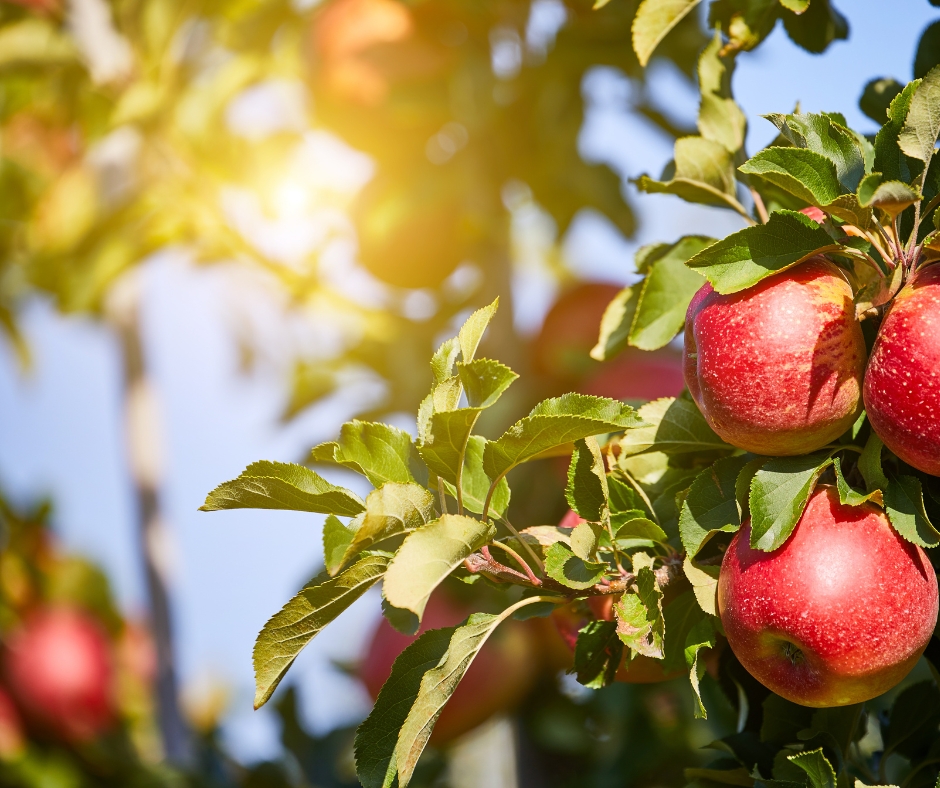
Fruit trees that do well in Calgary’s climate (Zone 3/4) — hardy enough to survive the cold winters, late frosts, and short growing seasons:
🍏 Apple Trees
Hardy Varieties:
Prairie Magic
Battleford
Norkent
Rescue Crabapple
Notes: Many apples need two different varieties nearby for good pollination and fruit set.
Tip: Crabapples (especially Rescue) are excellent pollinators for many apple trees.
🍐 Pear Trees
Hardy Varieties:
Ure Pear
Early Gold Pear
Notes: Pears require a second tree for pollination.
Tip: Pear trees may need a protected sunny spot to ripen fully in Calgary.
🍒 Cherry Trees
Hardy Varieties:
Carmine Jewel (dwarf sour cherry)
Juliet, Romeo, Cupid (U of Saskatchewan Romance Series)
Notes: These are sour cherries — delicious for baking, fresh eating, and jam!
🍑 Plum Trees
Hardy Varieties:
Brookgold
Pembina
Opata
Notes: Most plums require cross-pollination.
Tip: Plant two different but compatible varieties to ensure good fruiting.
🍑 Apricot Trees (Caution)
Varieties:
Mandan
Scout
Notes: Apricots are risky — they bloom early and flowers often get killed by late spring frosts. If you want to try, plant them in a protected, south-facing spot.
🍇 Bonus: Other Fruit for Calgary
Haskaps (Honeyberries): Early ripening, hardy to Zone 2, super easy to grow.
Saskatoon Berries: Native, very hardy, delicious fresh or in baking.
Raspberries: Boyne and Red Mammoth are reliable.
Goji berries
Currants and Gooseberries: Cold-hardy and perfect for small spaces.

🌿 Tips for Fruit Tree Success in Calgary
Choose varieties specifically bred for prairie climates.
Plant in full sun, with shelter from harsh winds.
Water deeply during dry spells — fruit trees need moisture to set and grow fruit.
Use mulch around the base to conserve water and insulate roots.
Prune in late winter to maintain healthy shape and air circulation.
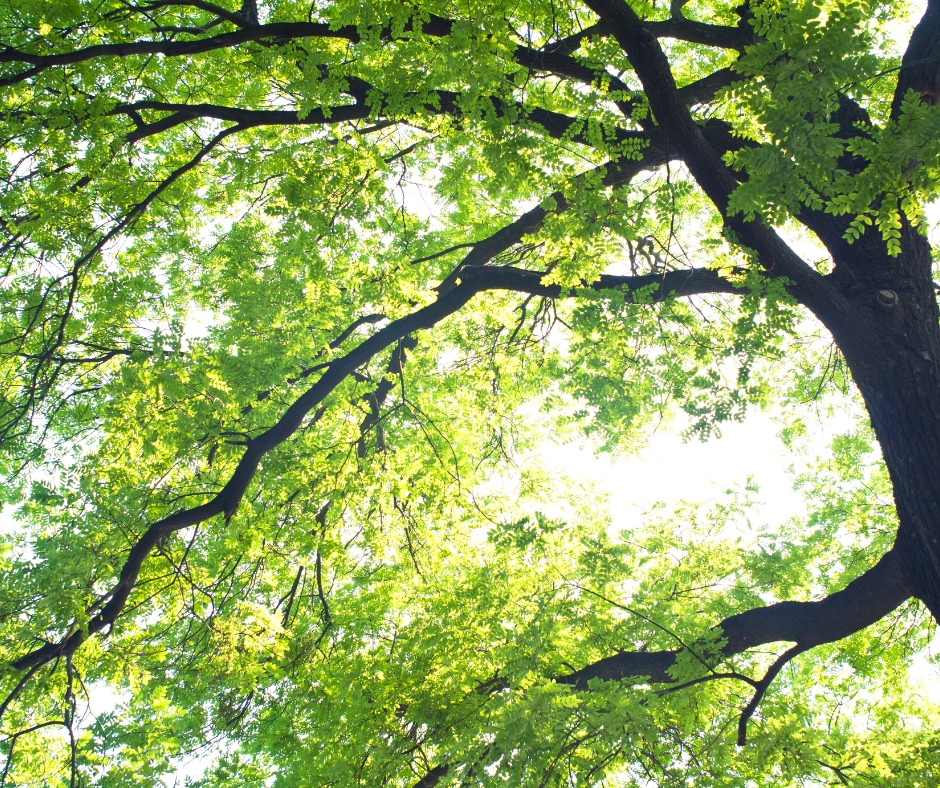
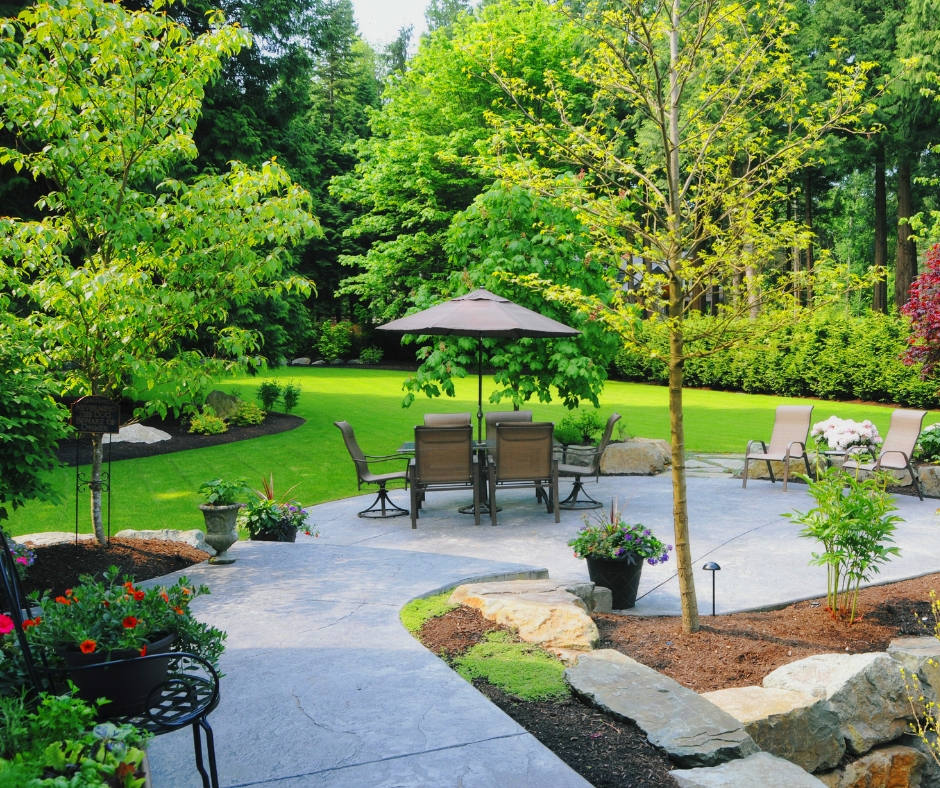













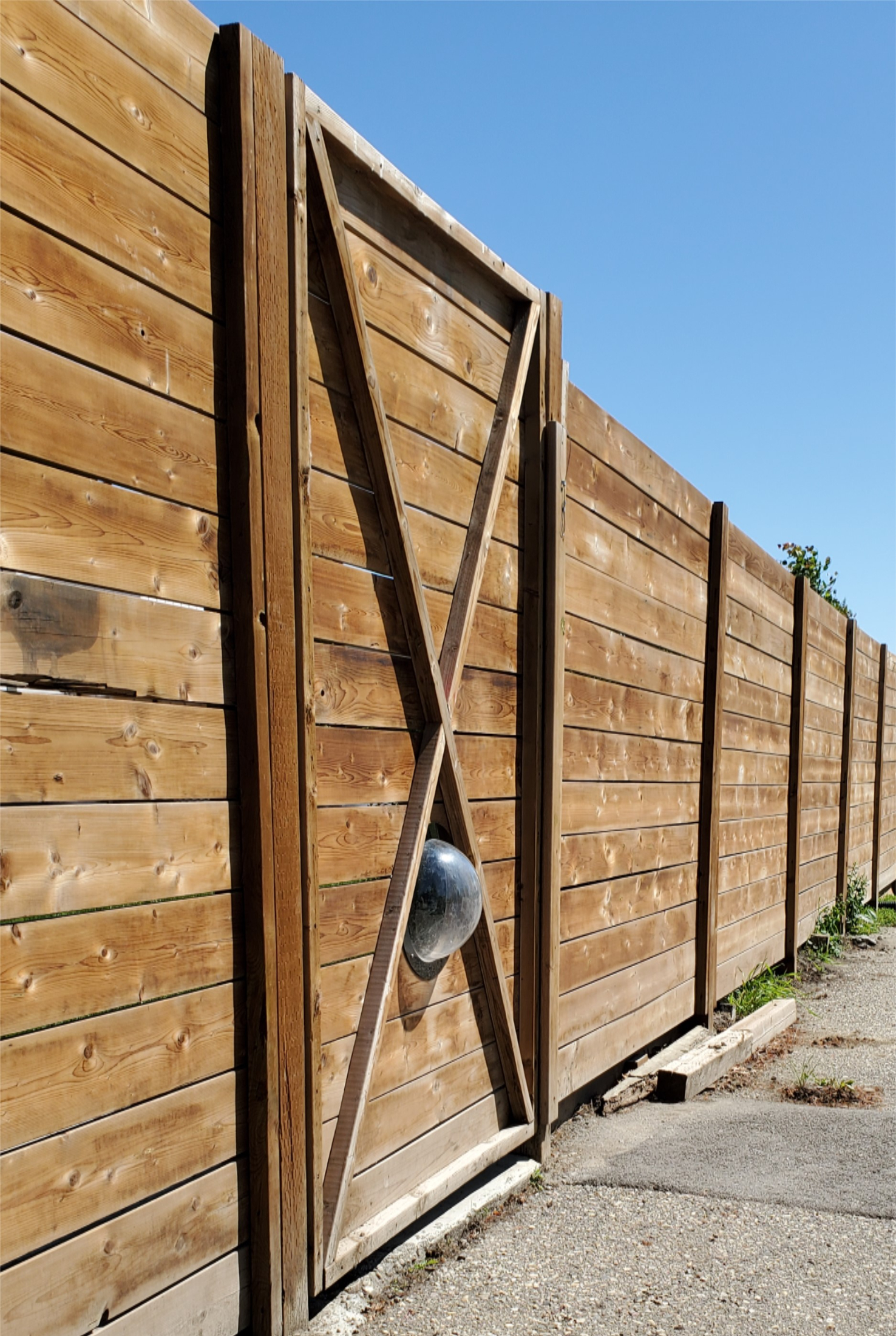


































































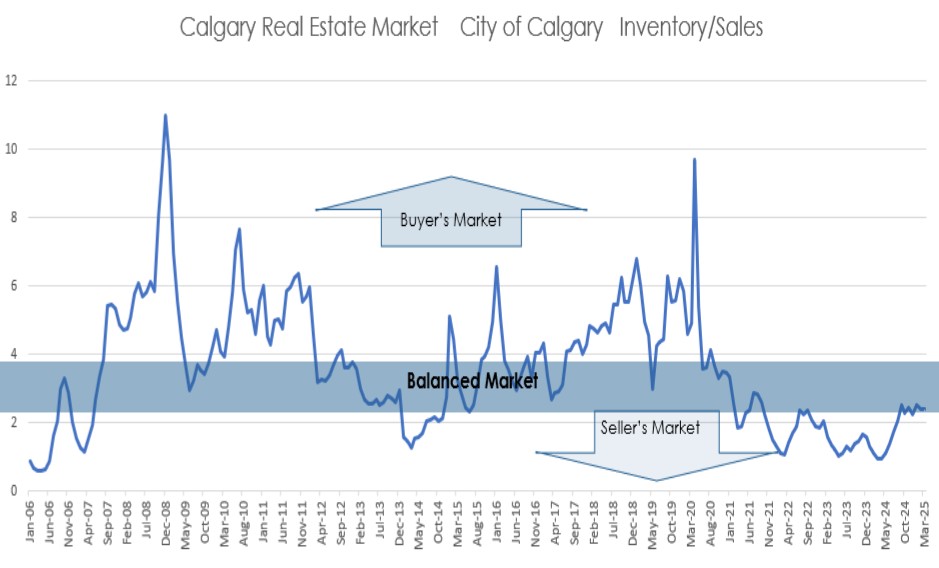

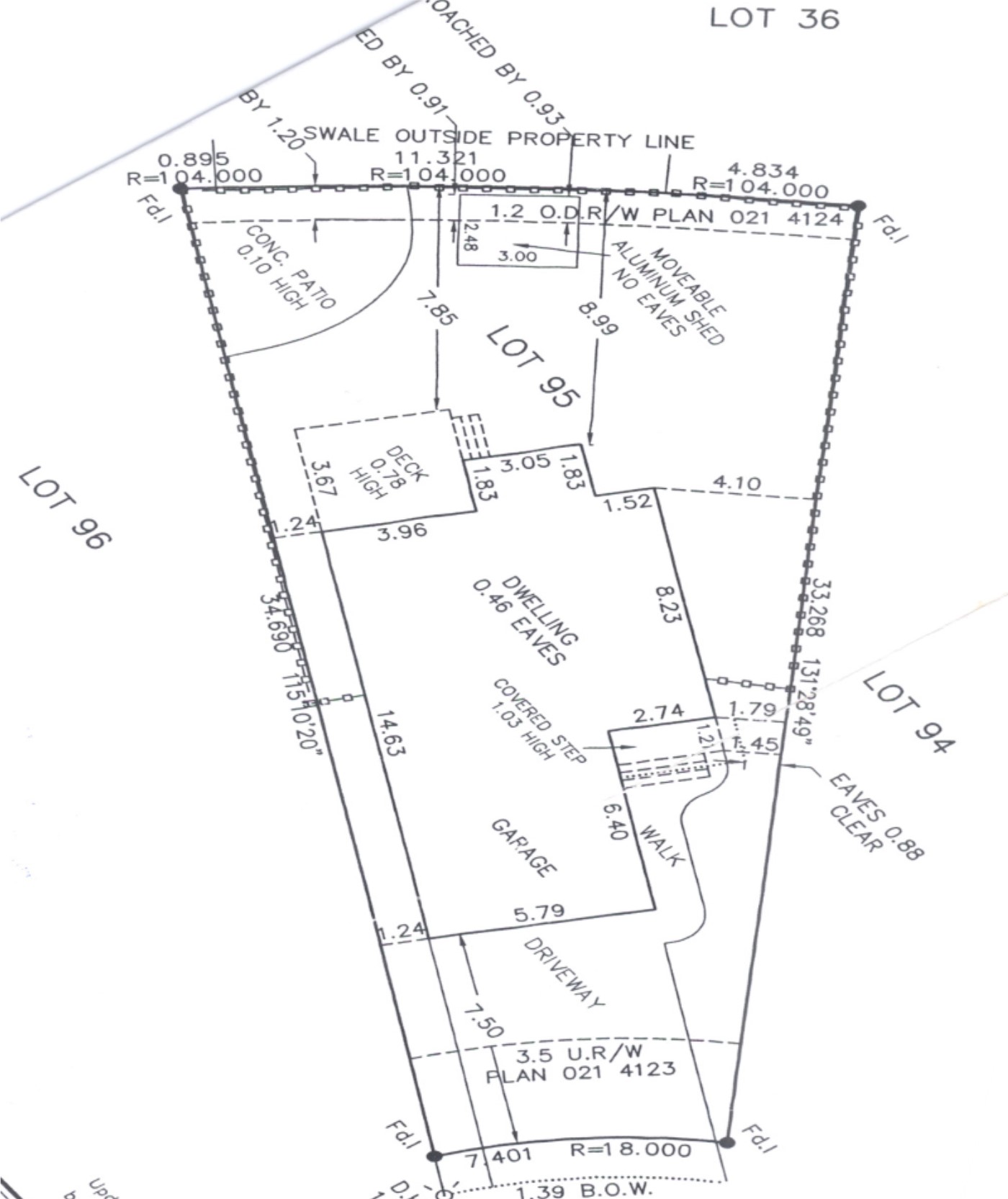
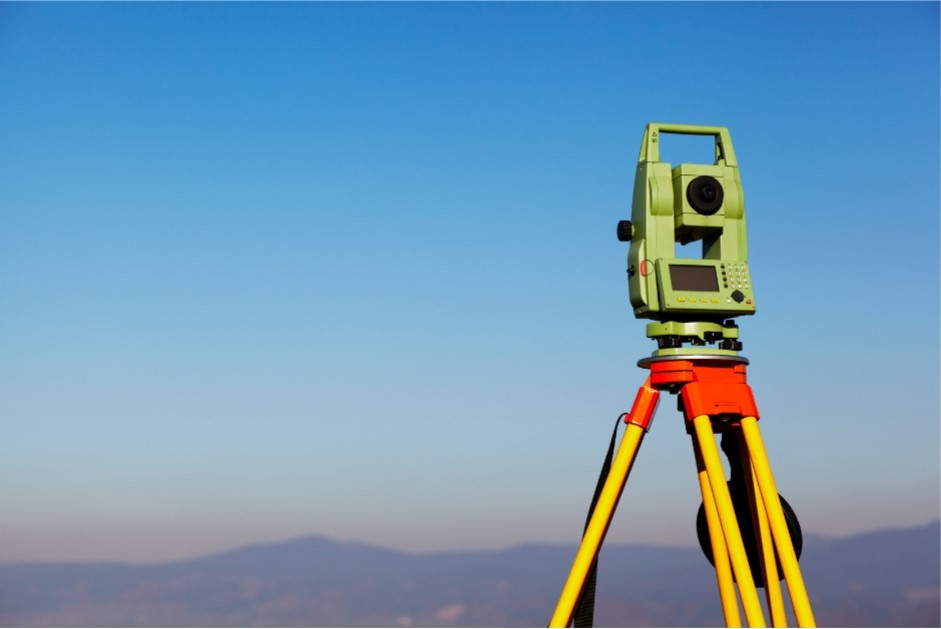




.png)







